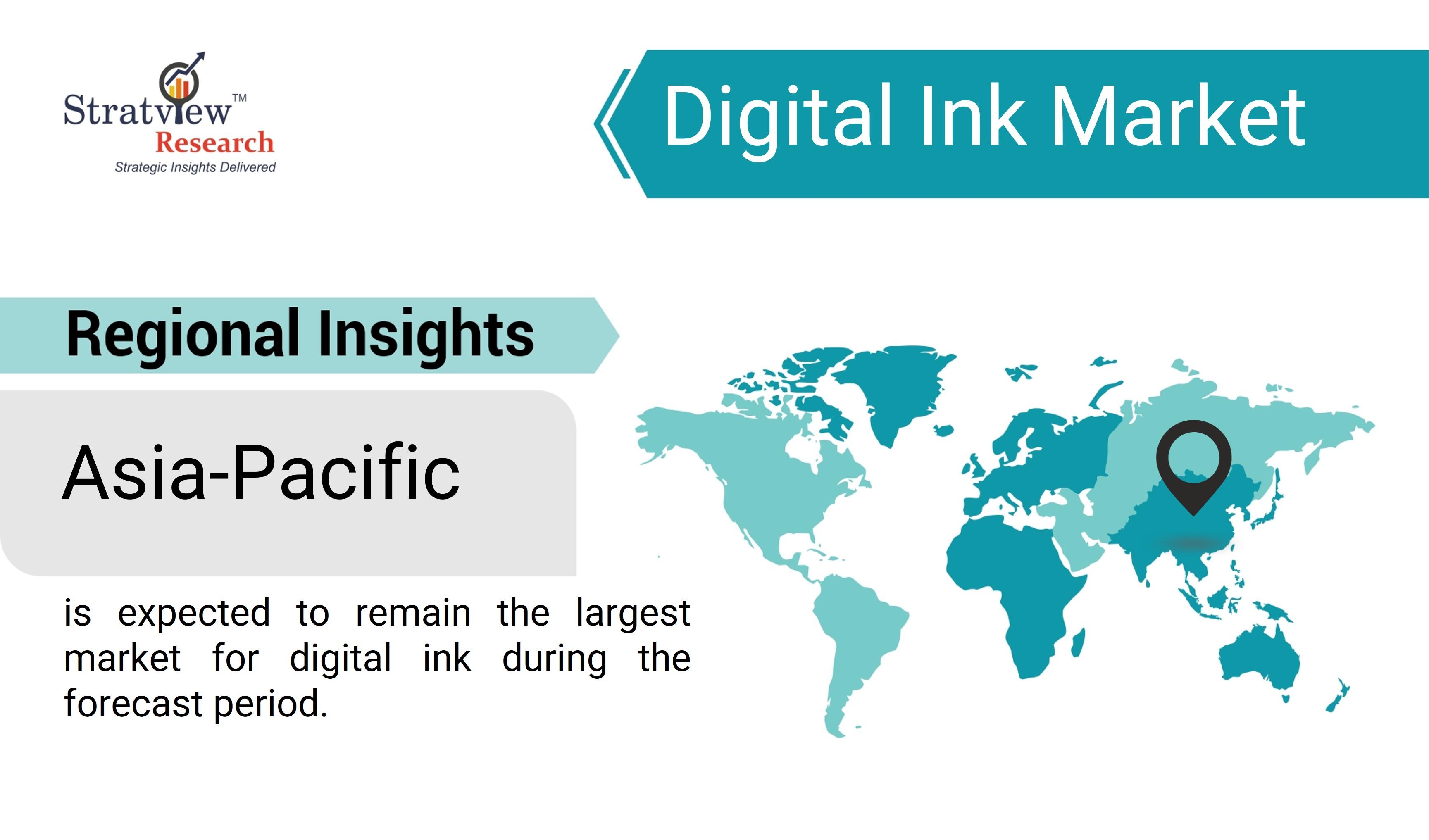Digital ink technology is revolutionizing the world of 3D printing and additive manufacturing, expanding its applications and capabilities. Traditionally associated with flat, 2D printing, digital inks are now being adapted for use in 3D printing, opening new avenues for innovation and design. Here’s a closer look at how digital ink is transforming additive manufacturing.
According to Stratview Research, the digital ink market was estimated at USD 4 billion in 2023 and is likely to grow at a CAGR of 12.14% during 2024-2030 to reach USD 8.95 billion in 2030.
- Enhanced Material Properties
One of the key benefits of integrating digital inks into 3D printing is the ability to enhance material properties. Digital inks can be formulated to include additives that modify the physical characteristics of the printed object, such as improving strength, flexibility, or thermal resistance. This capability allows for the creation of customized materials that meet specific performance requirements for various applications, from aerospace components to consumer goods.
- High-Resolution and Multi-Color Printing
Digital inks enable high-resolution printing with intricate details and vibrant colors, which are crucial for applications that require precise visual and structural fidelity. In 3D printing, digital inks allow for the simultaneous deposition of multiple colors and materials, facilitating the production of complex, multi-colored components in a single build. This advancement is particularly valuable in industries such as healthcare, where customized, color-coded medical devices and prosthetics can be produced.
- Functional and Smart Materials
The use of digital inks in 3D printing is also advancing the field of functional and smart materials. These inks can be engineered to incorporate sensors, conductive materials, or other functional elements directly into the printed object. This integration supports the development of smart products, such as sensors embedded in wearable technology or electronic components within a single printed part, enhancing the functionality and versatility of additive manufacturing.
- Customization and Personalization
Digital ink technology facilitates the customization and personalization of 3D printed products. By leveraging digital ink’s ability to precisely control color and material properties, manufacturers can produce bespoke items tailored to individual specifications. This capability is increasingly utilized in industries such as fashion, where custom-fit apparel and accessories are created, and in consumer goods, where personalized products are becoming more popular.
- Reducing Waste and Streamlining Production
Integrating digital inks with 3D printing can also contribute to reducing waste and streamlining production processes. Traditional manufacturing methods often involve significant material waste, but additive manufacturing with digital inks allows for precise material deposition only where needed. This not only reduces waste but also minimizes the need for post-processing and additional finishing work, leading to more efficient production cycles.
- Expanding Applications in Prototyping and Production
Digital inks are expanding the scope of 3D printing applications beyond prototyping to include production-ready components. The ability to print functional parts with enhanced properties and intricate details makes digital ink technology suitable for producing end-use parts in various sectors, including automotive, aerospace, and medical.
In summary, digital ink technology is significantly impacting the field of 3D printing and additive manufacturing by enhancing material properties, enabling high-resolution and multi-color printing, supporting functional and smart materials, facilitating customization, reducing waste, and expanding applications into production. As this technology continues to evolve, it promises to drive further innovation and efficiency in additive manufacturing, reshaping industries and creating new opportunities for advanced manufacturing solutions.


